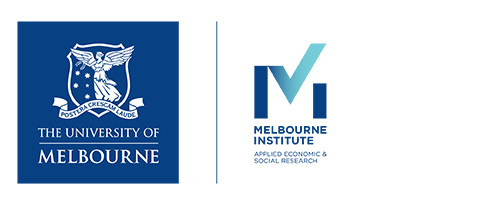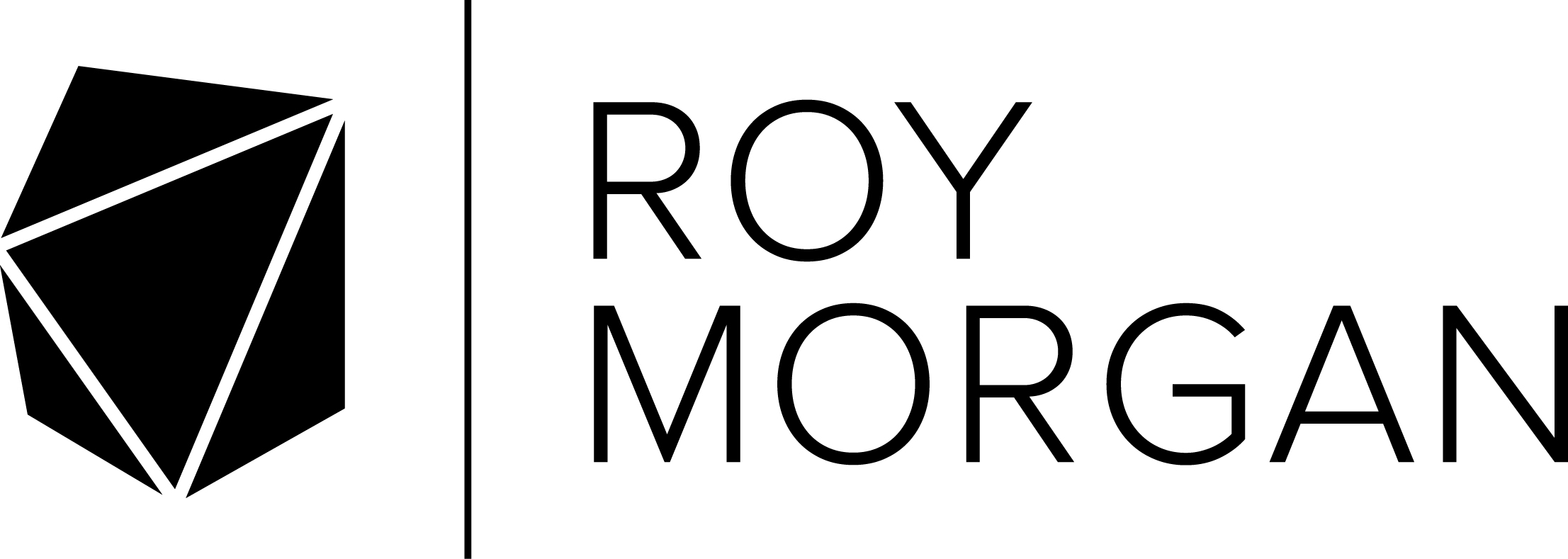Taking the Pulse of the Nation (TTPN) surveys the Australian population to capture their sentiments and behaviours related to current economic and social issues
Since 2020, the Taking the Pulse of the Nation (TTPN) survey has collected compelling information on the changing behaviours and attitudes of Australians. Together, Melbourne Institute and Roy Morgan understand the value in capturing the voices of Australians on the issues that matter right now. We use this information to create expert analyses to directly inform social and economic policies for our Nation.
This survey data is available subject to relevant fees and conditions. Please contact us for more information and access.
Charitable giving in Australia is bouncing back, but not quite to pre-pandemic levels
We often think of December as a period of giving, not only to our friends and families but also to those living in our community and to charitable organisations. Our Taking the Pulse of the Nation (TTPN) report published in December 2021 found that levels of giving and volunteering had fallen during the pandemic. As we have progressively moved out of lockdowns, returned to the office, and started socialising, we ask whether moving to pre-pandemic levels of activities and face-to-face engagement has also resulted in an increase in our giving, volunteering, and/or lending a helping hand?
Throughout the running of the TTPN survey, we have continued to ask questions pertaining to philanthropy and giving back to society. This TTPN report summarises our findings from 2020 onwards based on these questions. Across Australia, lending a helping hand to a neighbour or stranger (40 percent) and volunteering (21 percent) has remained relatively steady. We are even seeing an increase between 2020 (59 percent) and 2022 (62 percent) of those indicating a willingness to donate blood; this willingness to give blood is based on a big increase (7 percentage points) by those indicating their potential to give blood if it were needed (from 14 to 21 percent). Those committed to giving blood if needed, however, fell by four percentage points (from 46 percent to 42 percent). (Figure 1)
The biggest jump in giving back, however, is with respect to giving money to charities or related organisations. Comparing the same period (July) for 2021, 72 percent of Australians in 2022 indicated they had given a donation, close to a 12-percentage point increase year-over-year. While this level of giving is lower than that reported in Giving Australia’s 2016 report of 81 percent, it is heartening to see that giving has increased in 2022. Overall, there has been an increase in the share of respondents that reported giving more than $100 over the past 12 months, with the biggest increases for those reporting annual donations of between $100 and $500. (Figure 2)
With respect to volunteering, while overall volunteering has increased, the actual number of hours individuals are volunteering per fortnight has decreased, with over 60 percent of volunteers devoting between one and five hours a fortnight. (Figure 2)
Men and women have proportionately remained relatively stable in terms of lending a helping hand. Men are more willing to donate blood, while a higher proportion of women have reported donating to charities (Figure 3). As for gender differences in the rates of volunteering, men have decreased their volunteering while women have increased.
Financial Stress, age and state of residence are correlated with giving back
Using TTPN data we can explore various dimensions of giving differentiated by characteristics of the survey respondents. In the following figures we explore three dimensions for July 2022 and compare to July 2021: reported financial stress, age, and state of residence. As we continue to observe, the level of financial stress (as measured by the respondents’ view on whether they are struggling with bills, making ends meet, or comfortably addressing finances) has fallen in 2022 relative to 2021 and 2020. Based on the perception of stress, a respondent’s ability to give back may vary. (Figure 4)
Relative to 2021, all respondents have identified giving more to charity, with the highest share given by those who consider themselves as being financially comfortable. This group of respondents, however, have decreased in volunteering, but remain relatively constant in terms of lending a helping hand. Respondents identified as financially stressed (just making ends meet or worse), have reported a high level of lending a helping hand which has remained stable, and their giving has increased by about 10 percent while volunteering has remained relatively flat. The level of donations by those identified as financially stressed is mostly less than $100 whereas the level is typically greater than $100 for those who are financially ok or financially comfortable.
In 2021, we observed that young adults (18 to 24), overall reported high numbers in respect to giving, volunteering and lending a helping hand. This group remains strong with respect to lending a helping hand but it has declined between 2021 and 2022. The same is true for those aged 25 to 34. For all other age groups, however, there is a reported increase in lending a helping hand. In relation to reported volunteering in 2022, the share of 18 to 24-year-olds remains as strong as it was in 2021, but there have been noticeable declines in the shares of volunteers for those aged 25 to 54 and 65 to 74. (Figure 5)
Across all age groups (except those over 75) the share of respondents who reported donating to a charity has increased in 2022. The rate of those giving less than $100 is highest in the 18 to 24 age group (74 percent) followed by those aged 25 to 34 (50 percent). Higher reported donations are observed for the older age groups, with over 50 percent of those aged 55 to 74 reporting donations greater than $100. (Figure 6)
Finally, the greatest across-state variation in giving back is observed with respect to donating to a charity. In 2021, the highest share of respondents who reported donations came from those residing in Victoria. In 2022, there has been an increase across all states in the share of respondents reporting a donation, with the growth in giving most observed for those residing in South Australia, followed by Queensland. (Figure 7)
The giving environment in Australia has improved from 2021 to mid-2022, though we unfortunately have not yet reached the levels of giving that were observed prior to the pandemic. Given high rates of food insecurity and housing stress in Australia, recent TTPN reports have documented that we should be concerned about the provision of basic necessities. We should expect that with concerns around prices and inflation, supporting charitable goods and services and lending a helping hand to those in our community will remain ever important.
This Taking the Pulse of the Nation insight was authored by Professor A. Abigail Payne, Director of the Melbourne Institute and Ronald Henderson Professor, Melbourne Institute: Applied Economic & Social Research, 12 December 2022
* This report focused on questions asked in 2020, 2021, and 2022 about the willingness to give blood if there was a shortage, whether the respondent volunteered for a charity or other organisation in the previous 2 weeks, whether the respondent helped someone outside of their immediate household in the previous 2 weeks, and whether the respondent donated money to a charity or other organisation in the previous 12 months. The analysis is based on approximately 11,351 responses. Financial Stress is defined as one’s current financial conditions being reported as making ends meet, feeling moderately financially stressed, or feeling very financially stressed in terms of paying for essential goods and services. Our definition of financial stress includes responses that include the response of “just making ends meet” given slight changes in circumstances, such as an increase in rent, could place the respondent in a precarious financial state.
**Beginning in April 2020, the Taking the Pulse of the Nation (TTPN) was conceptualised and implemented by a group of researchers at the Melbourne Institute: Applied Economic & Social Research. Each wave includes a set of core questions, as well as additional questions that address current and emerging issues facing Australians. The TTPN sample is stratified to reflect the Australian adult population in terms of age, gender, and location. In 2022, the Melbourne Institute and Roy Morgan formed a partnership to extend the running of the TTPN. The TTPN Survey uses a repeated cross-sectional design. If you are interested in adding questions to the survey or accessing the data, please contact us at: melb-inst@unimelb.edu.au.
© The University of Melbourne & Roy Morgan- Melbourne Institute: Applied Economic & Social Research, 2022. This work is copyright. The material may be reproduced and distributed for non-commercial purposes only, subject to the inclusion of an acknowledgement of the source(s).

